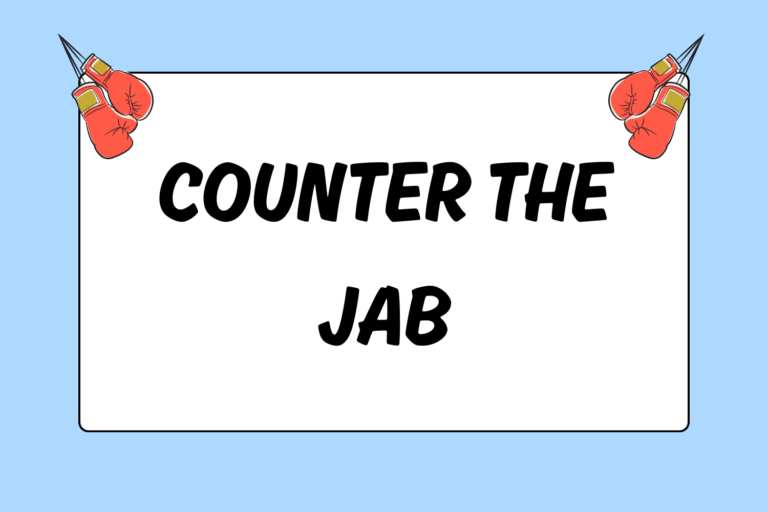The term “southpaw” actually originated in the sport of baseball, but it’s also very relevant in boxing. Boxing legends Pernell Whitaker, Marvin Hagler, and Hector Camacho were all southpaws who used their stance and creativity to overwhelm opponents in the ring. With practice, you too can use your southpaw stance to your advantage. This guide takes a basic approach from a southpaw boxer’s point of view and introduces some techniques that can offer advantages in the ring.
Nuts & Bolts
In boxing, the term “southpaw” refers to a boxer in an unorthodox stance. Most southpaws are left-handed, and all southpaws position their right foot ahead of their left foot.
Boxing as a southpaw provides some challenges. Most trainers, especially when instructing a class, demonstrate fundamentals from an orthodox stance. Southpaws have to concentrate and pay close attention to their instructors’ moves in order to do each movement with the opposite hand or foot. If he throws a right cross, you throw a left cross. If he throws a left hook, you throw a right hook. In addition, difficulties may arise while holding punch mitts for orthodox training partners.
Although there are challenges, there are also distinct advantages as you begin sparring and competing. Most orthodox boxers have little experience fighting against southpaws, so your punches come from the “wrong” side from their perspective. Southpaws also throw punches from unfamiliar angles, which can confuse or surprise an orthodox boxer. For example, if you pivot or step to your right after a combination, you will have the entire left side of your opponent’s body to punish. In this instance, there is no counterpunch he can land without turning his body as well.
Footwork
In general, southpaws abide by a golden rule when fighting orthodox boxers: Keep your right foot outside the opponent’s left foot. By following this rule, you remove yourself from the direct line of his right cross, which could otherwise be devastating.
Constantly circling to your right keeps your opponent off-balance and makes it difficult for him to throw a clean cross down the pike. Occasionally, you can bounce to the left, catch your opponent off-guard, and land a mean left cross of your own. However, you need to be careful – you don’t want to bounce directly into your opponent’s right hand.
Additionally, pivoting allows you to get outside of your opponent. Pivot to your right and expose openings along your opponent’s entire left side. He will be unable to counter unless he pivots to his right as well. You may want to pivot to your left, but make sure you don’t move into your opponent’s right hand.
Fun Fact:
Prior to the 20th century, almost all boxers fought in an orthodox stance because the southpaw stance was considered an incorrect and inferior technique. The first southpaw champ was not crowned until 1914 when Al McCoy won the World Middleweight Championship by knocking out George Chip.
Offense
The left cross is an essential tool for southpaw boxers. Because orthodox fighters aren’t always familiar with the southpaw style, they occasionally make the mistake of circling to their right or keeping their left foot inside a southpaw’s right foot. Take advantage of this mistake and throw a lead left cross. The lead left cross is an effective weapon if you use it properly.
You can use your outside position to land a hook to the body or head after landing a left cross. The 2-3-2 (cross-hook-cross) combination and 2-3-3 (cross-hook-hook) combination work well against unsuspecting orthodox opponents. Also, remember that the cross and hook can be thrown interchangeably to the body or head. For example, when throwing the 2-3-3 combo you can throw the cross to the head, a right hook to the head, and another right hook to the body. Another variation would be a cross to the body, a right hook to the body, and a right hook to the head.
Steady jabs throughout a round pave the road for successful combinations. Double and triple-jab combinations often work well since orthodox fighters are accustomed to jabs arriving from the other side.
Other advantageous combos certainly exist, but the combos listed above are a strong foundation for southpaws of any level. Once you feel comfortable against your training partner or opponent, you will begin to recognize openings for uppercuts and more advanced combinations.
Defense
Quick footwork and constant head movement are fundamental defensive techniques for southpaw and orthodox fighters alike. Parrying and blocking also play an essential role.
As a southpaw, your right hand is a valuable defensive tool. Your right hand allows you to defend against incoming jabs, left hooks, and right uppercuts thrown by an orthodox opponent. Your non-dominant hand helps you in several different situations:
- Parry incoming Jabs.
- Keep your right hand tight to your cheek to block incoming left hooks.
- Block incoming right uppercuts by turning the inside of your glove toward the ground.
As mentioned, the cross can be debilitating if landed, so you need to protect yourself by moving around and circling to your right. You can block an incoming cross by placing your left glove in front of your face, palm forward, and leaning back to cushion the impact. Left uppercuts can also be blocked by turning the inside of your left glove toward the ground.
Putting it All Together
Lastly, incorporate fakes – known in boxing as “feints” – into your game plan. Even if you don’t confuse your opponent with your stance, you can make him think twice when you involve feints. Feint a jab, and then throw a cross or a hook. If your opponent is an aggressive defender, feint a jab and immediately follow with another jab. The term “aggressive defender” may be an oxymoron, but some fighters are impulsively quick in their attempt to parry or block punches.
No matter the opponent, your goal in the ring should always be the same: Hit and don’t get hit in return. Your punching and defensive mechanics should always be consistent. Be smart in the ring, but don’t over think. Over thinking will exhaust you and prevent you from reacting quickly.





